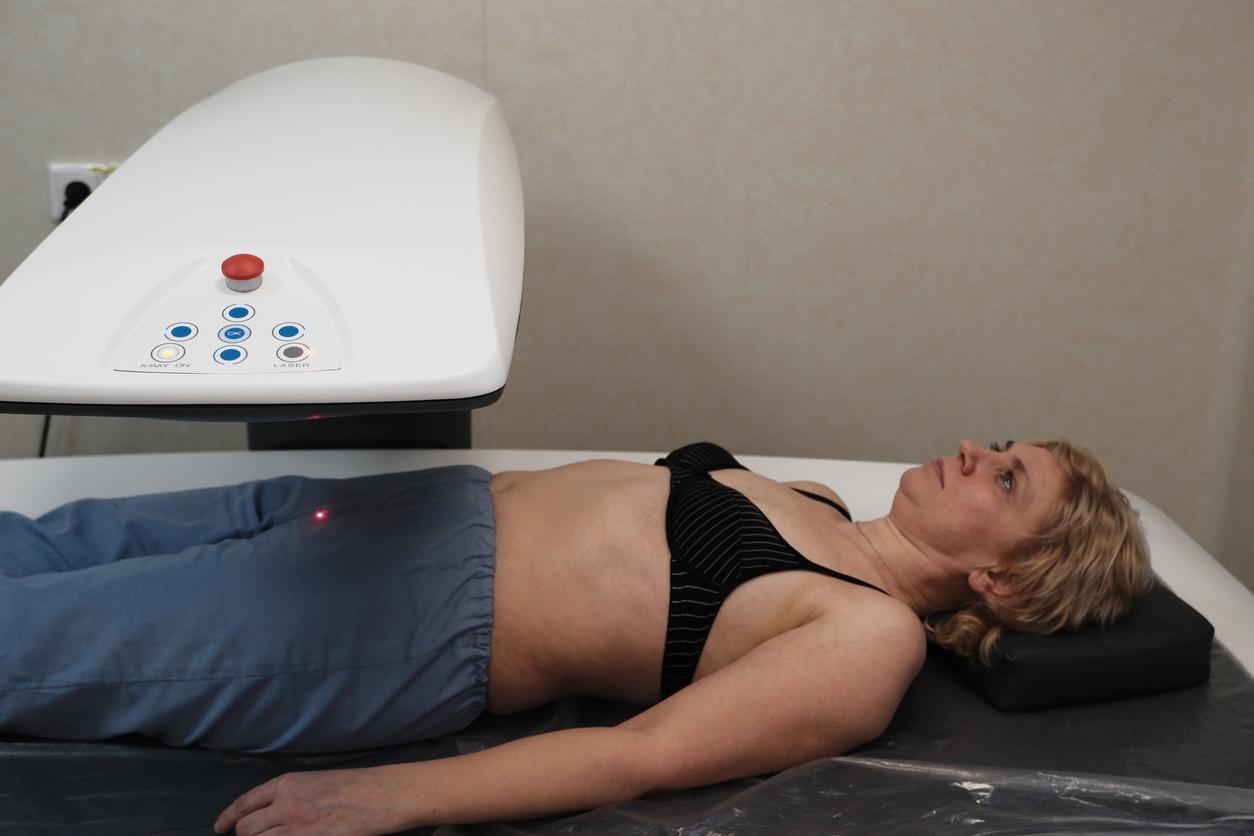
Screening tests based on human papillomavirus DNA have been shown to be more effective than methods commonly used in the detection and prevention of cervical cancer. This is why the WHO now recommends DNA testing as the screening method of choice.
DNA tests more effective than other cervical cancer screening methods
According to the World Health Organization (WHO), DNA-based screening tests for human papillomavirus have been shown to be more effective in preventing cervical cancer than methods commonly used today. in the European Region. As a reminder, the main screening method used today is based on cytology, more commonly known as a vaginal smear. In addition, the WHO says that DNA tests are also ” less prone to human error, unlike tests based on visual inspection “. In addition, they allow an objective diagnosis which leaves no room for interpretation of the results.
WHO recommends DNA testing as the first-choice screening method
It is for all these reasons that the “Guidelines for the screening and treatment of precancerous lesions of the cervix as part of the prevention of cervical cancer”, recently published by the WHO, now recommend the use of these DNA-based tests as the preferred screening method. In addition to vaccination against the human papillomavirus, the WHO recommends that countries carry out DNA tests on a regular basis in order to identify people with or at risk of developing cervical precancer.
The new WHO guidelines on the prevention of cervical cancer therefore modify those published in 2013. More specifically, the WHO recommends the detection of human papillomavirus DNA as the main screening method from age 30, with regular testing every 5-10 years. As for HIV-positive people, the WHO recommends detection of human papillomavirus DNA from the age of 25, with regular screening every 3 to 5 years.
600,000 cervical cancers diagnosed in 2020
According to figures published by the WHO, cervical cancer was diagnosed in more than 600,000 individuals in 2020, of which 342,000 died from the disease. In the WHO European Region, no less than 30,000 women die of this cancer each year. According to Dr Marilys Corbex, Senior Technical Advisor for Noncommunicable Diseases at WHO / Europe, “ These deaths are preventable. Thanks to screening, and in particular thanks to new tests based on the DNA of the human papillomavirus, cervical cancer can either be prevented or be detected at an early stage and cured. “.

















